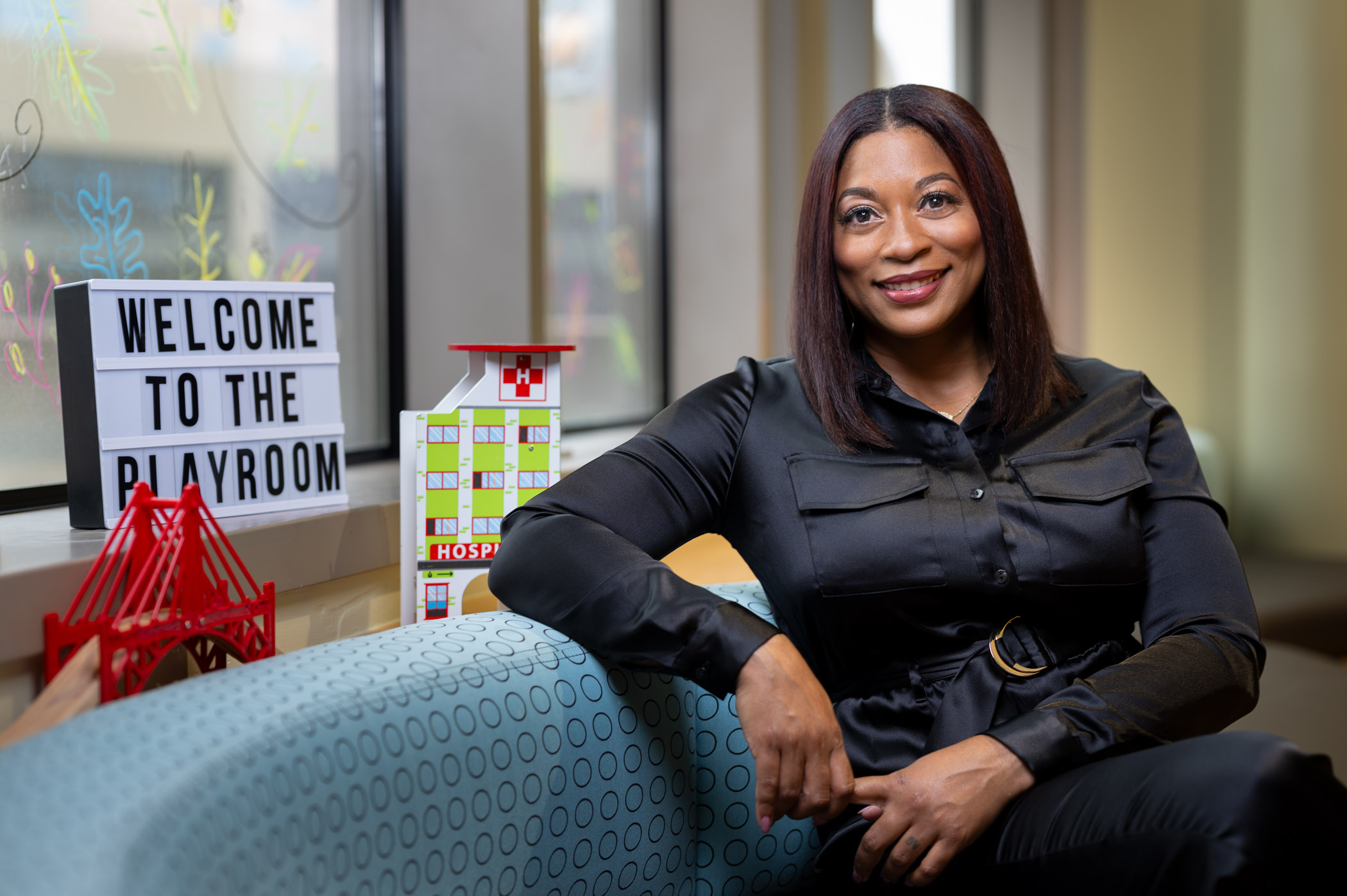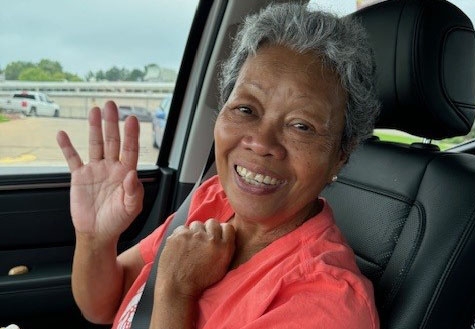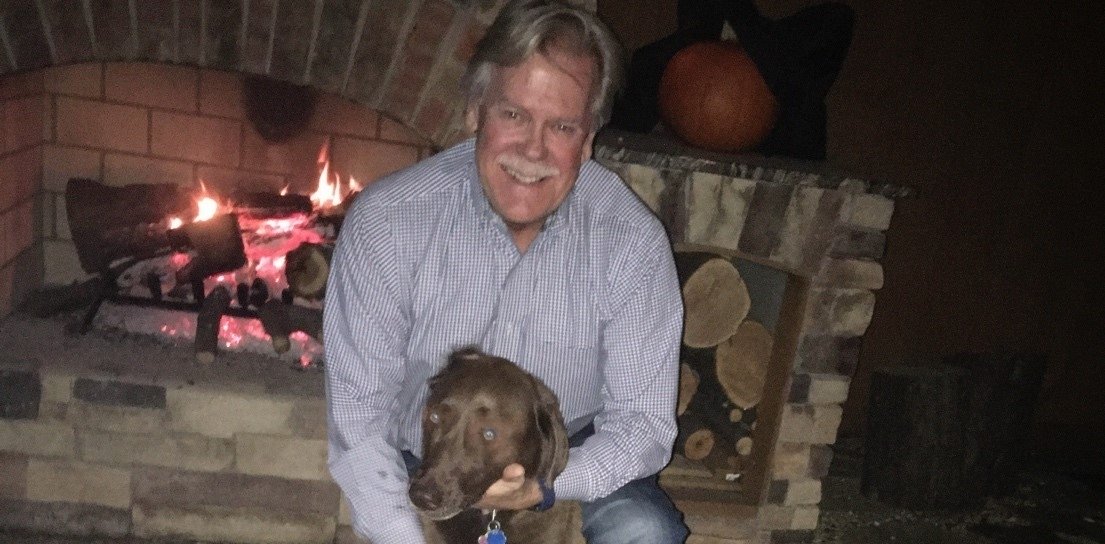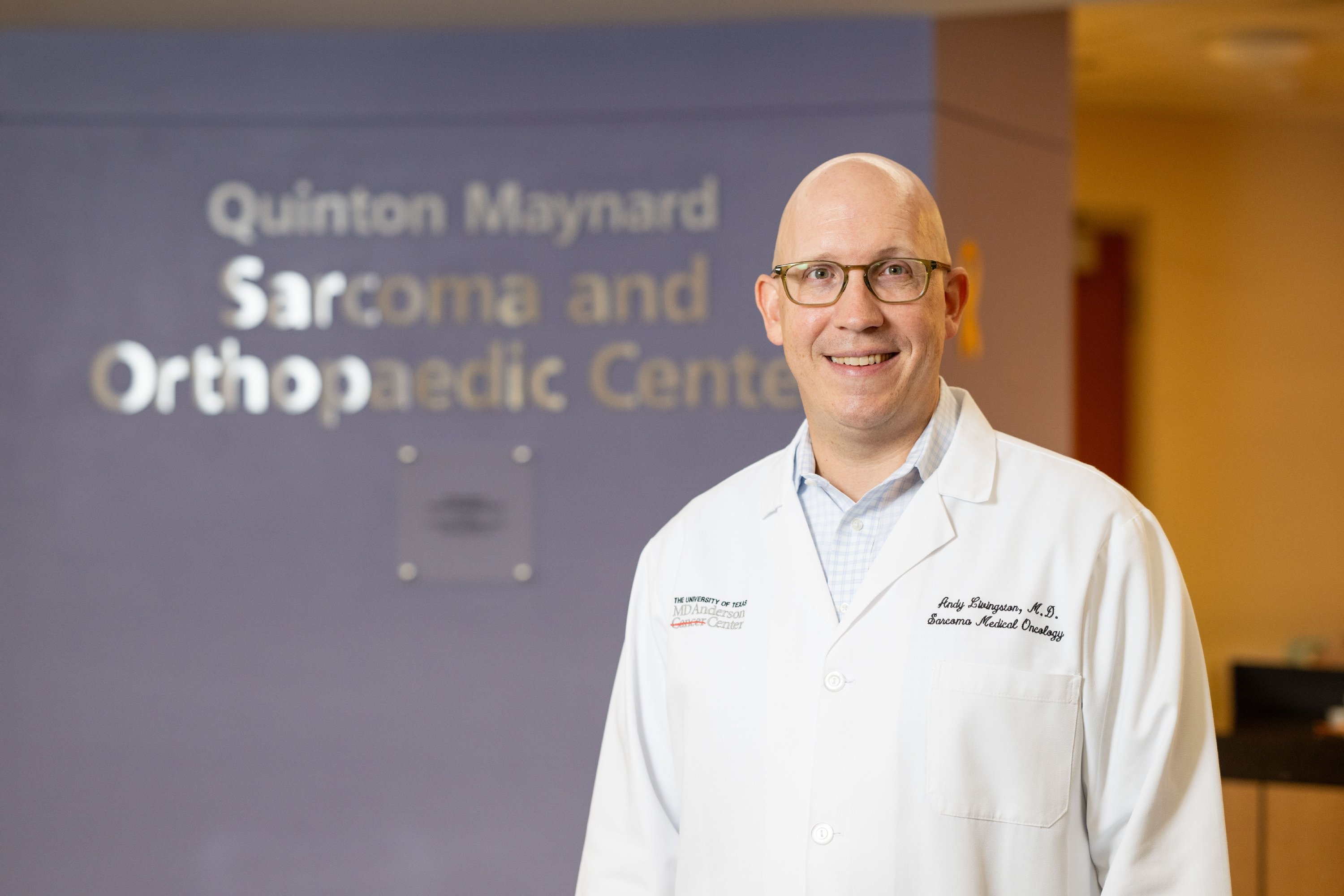- Diseases
- Acoustic Neuroma (14)
- Adrenal Gland Tumor (24)
- Anal Cancer (68)
- Anemia (2)
- Appendix Cancer (16)
- Bile Duct Cancer (26)
- Bladder Cancer (72)
- Brain Metastases (28)
- Brain Tumor (232)
- Breast Cancer (714)
- Breast Implant-Associated Anaplastic Large Cell Lymphoma (2)
- Cancer of Unknown Primary (4)
- Carcinoid Tumor (8)
- Cervical Cancer (160)
- Colon Cancer (166)
- Colorectal Cancer (118)
- Endocrine Tumor (4)
- Esophageal Cancer (44)
- Eye Cancer (36)
- Fallopian Tube Cancer (8)
- Germ Cell Tumor (4)
- Gestational Trophoblastic Disease (2)
- Head and Neck Cancer (12)
- Kidney Cancer (128)
- Leukemia (342)
- Liver Cancer (50)
- Lung Cancer (286)
- Lymphoma (278)
- Mesothelioma (14)
- Metastasis (30)
- Multiple Myeloma (100)
- Myelodysplastic Syndrome (60)
- Myeloproliferative Neoplasm (6)
- Neuroendocrine Tumors (16)
- Oral Cancer (100)
- Ovarian Cancer (172)
- Pancreatic Cancer (160)
- Parathyroid Disease (2)
- Penile Cancer (14)
- Pituitary Tumor (6)
- Prostate Cancer (146)
- Rectal Cancer (58)
- Renal Medullary Carcinoma (6)
- Salivary Gland Cancer (14)
- Sarcoma (238)
- Skin Cancer (296)
- Skull Base Tumors (56)
- Spinal Tumor (12)
- Stomach Cancer (64)
- Testicular Cancer (28)
- Throat Cancer (92)
- Thymoma (6)
- Thyroid Cancer (98)
- Tonsil Cancer (30)
- Uterine Cancer (82)
- Vaginal Cancer (18)
- Vulvar Cancer (20)
- Cancer Topic
- Adolescent and Young Adult Cancer Issues (20)
- Advance Care Planning (10)
- Biostatistics (2)
- Blood Donation (18)
- Bone Health (8)
- COVID-19 (362)
- Cancer Recurrence (120)
- Childhood Cancer Issues (120)
- Clinical Trials (632)
- Complementary Integrative Medicine (22)
- Cytogenetics (2)
- DNA Methylation (4)
- Diagnosis (232)
- Epigenetics (6)
- Fertility (62)
- Follow-up Guidelines (2)
- Health Disparities (14)
- Hereditary Cancer Syndromes (126)
- Immunology (18)
- Li-Fraumeni Syndrome (8)
- Mental Health (116)
- Molecular Diagnostics (8)
- Pain Management (62)
- Palliative Care (8)
- Pathology (10)
- Physical Therapy (18)
- Pregnancy (18)
- Prevention (920)
- Research (392)
- Second Opinion (74)
- Sexuality (16)
- Side Effects (606)
- Sleep Disorders (10)
- Stem Cell Transplantation Cellular Therapy (216)
- Support (402)
- Survivorship (322)
- Symptoms (182)
- Treatment (1786)
Young adult astrocytoma survivor grateful for MD Anderson's expertise
4 minute read | Published February 09, 2024
Medically Reviewed | Last reviewed by an MD Anderson Cancer Center medical professional on February 09, 2024
“Other doctors felt they could not operate,” says Sean O’Brien, an astrocytoma survivor. But MD Anderson neurosurgeon Frederick Lang, M.D., successfully removed Sean’s brain tumor.
During Sean’s sophomore year of college, he began experiencing intense headaches and other symptoms. “I couldn’t sleep properly, I stopped going to classes, and if I moved too quickly, my vision would go out,” recalls Sean, now 30. “I’d get tunnel vision, go blind; it was terrifying.”
A doctor near his home in upstate New York diagnosed him with hydrocephalus — fluid build-up in his brain. His doctor installed a shunt in his brain to help the fluid drain properly. But scans revealed a mass deep in Sean’s brain was causing the problem. Doctors suspected it was a pilocytic astrocytoma, a noncancerous tumor usually found in children and young adults.
Sean’s tumor was in the third ventricle, a chamber in the middle of the brain, making an operation very risky. Sean’s doctors suggested monitoring the mass. But after a year, medical tests showed that the mass was getting larger. “The doctor said it was growing and had to come out,” he recalls.
Almost no one was willing to take on the high-risk operation. So Sean’s doctor referred him to MD Anderson and Lang.
MD Anderson takes on brain tumor
Sean remembers his first meeting with Lang. “When he first sat down, he seemed serious,” Sean recalls. “Then he cracked a joke, and the ice just melted. I was like, ‘OK, this is the guy!’”
Still, everyone appreciated the gravity of the situation. There was a possibility Sean would not survive the procedure. And if he did survive, he could still have serious side effects like coma, paralysis, seizure, stroke, blindness or complete memory loss.
Sean remembers his mother asking Lang what he would do if it was his son. “He was not afraid to get personal with us,” says Sean. “He said, ‘I have a son, and I would do it.’”
Lang’s honesty and openness convinced Sean and his family to move forward with the procedure.
MD Anderson neurosurgeon successfully removes tumor
While his college classmates were busy with class, activities, friends, and planning for their future, Sean was stressed before his surgery.
“Despite Dr. Lang’s considerable skill, there’s always a chance this doesn’t go great, and I don’t wake up,” Sean remembers. “School was starting for what would have been my senior year. I said hi to everyone before class started, but secretly I was saying goodbye.”
Because the tumor was large and attached to the wall of the ventricle in Sean’s brain, the operation was more complicated than a typical brain surgery. To access the tumor, Lang had to cut through areas of the brain essential for function. He used brain mapping and an interoperative microscope to preserve essential tissue.
Fortunately, the operation was a success. Sean and his family spent about four weeks in Houston after surgery. Sean’s family stayed at the Ronald McDonald House while he recovered in the hospital. Once Sean could travel, he and his family returned to New York. Sean spent the next year recovering at home with his mom. Family friends and alumni at his college donated to fundraisers to cover expenses to support his recovery.
Laboratory tests confirmed that the mass was a pilocytic astrocytoma. Because it is a low-grade tumor, patients don’t need radiation therapy or chemotherapy if the tumor is completely removed.
Patient resources at MD Anderson support recovery
Sean’s biggest problem during recovery was memory loss. “I don’t remember anything from hospital to Halloween, a gap of about two months,” says Sean, whose memory remained spotty for several more months. Though his memory is still not perfect, he says it’s improved by leaps and bounds.
Despite these challenges, Sean finished college with honors. For his honors project, he wrote a children’s book about his brain tumor experience.
Sean took advantage of the patient resources at MD Anderson. “I remember going to art therapy and puppy therapy at MD Anderson,” says Sean. These activities helped Sean and his family cope as he recovered.
Sean speaks fondly of Lang’s advanced practice providers Cheryl Martin and Justine Tran. He appreciates how prompt and attentive they were whenever he had a concern. “It’s been a relief and very comforting to know that there is a resource out there,” he says.
Thriving after astrocytoma treatment
Today, Sean is a copywriter who lives independently with his dog, Benny. His family lives nearby. He travels from upstate New York every two years to Houston for follow-up visits with Lang. So far, his scans have remained clear. “I can’t express how fortunate I have been throughout this unfortunate situation,” he says.
What would Sean tell someone who is starting treatment at MD Anderson? “I’d say that they found the right place,” he says. “You’ll meet more amazing people who are truly among some of the kindest people I’ve ever met. MD Anderson is an amazing place.”
Request an appointment at MD Anderson online or call 1-844-770-3004.
Related Cancerwise Stories

MD Anderson is an amazing place.
Sean O’Brien
Survivor





